Light olive oil is a type of olive oil that is often marketed as a healthier alternative to regular olive oil or other cooking oils. It is important to note that the term "light" in this context does not refer to its calorie content or fat content. Instead, it refers to the flavor and color of the oil.
Light olive oil is typically a blend of refined olive oil and virgin or extra virgin olive oil. The refining process involves the use of heat and chemical solvents to remove impurities and neutralize the flavors and aromas of the oil. This results in a milder taste and lighter color compared to extra virgin olive oil.
Table of Contents
How to Use Light Olive Oil in Cooking
Light olive oil can be used in a variety of cooking methods due to its mild flavor and higher smoke point compared to extra virgin olive oil. Here are some ways you can use light olive oil in your cooking:
- Sautéing and Stir-frying: Light olive oil is suitable for sautéing vegetables, meat, or seafood. Its higher smoke point allows for higher heat cooking without the oil breaking down and smoking excessively. Heat the oil in a pan, add your ingredients, and cook until they are tender or golden.
- Baking and Roasting: Light olive oil can be used in baking recipes that call for oil, such as cakes, muffins, and bread. It adds moisture and a subtle flavor to the baked goods. It can also be used for roasting vegetables or meats in the oven to achieve a delicious caramelization.
- Grilling: Light olive oil is a good option for grilling as it can withstand high heat without smoking excessively. Brush the oil onto vegetables, meats, or seafood before grilling to prevent sticking and add flavor.
- Salad Dressings and Marinades: Light olive oil can be used as a base for homemade salad dressings or marinades. Its mild flavor allows the other ingredients to shine. Combine it with vinegar, lemon juice, herbs, spices, or other flavorings to create a tasty dressing or marinade.
- Lightly Frying: Light olive oil can be used for light frying, such as pan-frying or shallow frying. It is suitable for recipes that require a quick fry, such as crispy vegetables or lightly breaded foods.
Health Benefits of Light Olive Oil
Light olive oil, like other olive oils, offers several potential health benefits when consumed as part of a balanced diet. Here are some of the benefits associated with light olive oil:
- Heart Health: Light olive oil is rich in monounsaturated fats, specifically oleic acid, which has been shown to have a positive impact on heart health. Monounsaturated fats can help reduce bad cholesterol levels (LDL cholesterol) and increase good cholesterol levels (HDL cholesterol), thereby improving overall cholesterol profile and reducing the risk of heart disease.
- Antioxidant Properties: Olive oil, including light olive oil, contains natural antioxidants such as polyphenols, vitamin E, and other compounds. These antioxidants help protect cells from damage caused by free radicals, which are unstable molecules that can contribute to chronic diseases and aging.
- Anti-Inflammatory Effects: Some components of light olive oil, such as polyphenols, have anti-inflammatory properties. Chronic inflammation is associated with various health problems, including heart disease, diabetes, and certain types of cancer. Consuming light olive oil as part of a balanced diet may help reduce inflammation in the body.
- Digestive Health: Light olive oil has a mild laxative effect and can promote healthy digestion. It helps stimulate the production of digestive enzymes, aids in the absorption of nutrients, and can alleviate constipation when consumed in moderation.
- Weight Management: While light olive oil is high in calories, it can still be part of a healthy weight management plan. The monounsaturated fats in light olive oil can help increase satiety and reduce appetite, making you feel more satisfied and potentially reducing overeating.
- Nutrient Absorption: Light olive oil can enhance the absorption of fat-soluble vitamins (such as vitamins A, D, E, and K) and other beneficial compounds present in foods. Adding light olive oil to your meals can improve the body's ability to absorb these nutrients.
Important Facts about Light Olive Oil
Here are some important facts to know about light olive oil:
- Not Reduced-Fat: The term "light" in light olive oil refers to its flavor and color, not its calorie or fat content. Light olive oil is not a reduced-fat or reduced-calorie version of olive oil.
- Blend of Oils: Light olive oil is typically a blend of refined olive oil and virgin or extra virgin olive oil. The refining process removes impurities and neutralizes flavors, resulting in a milder taste.
- Mild Flavor: Light olive oil has a more subtle flavor compared to extra virgin olive oil. It has a lighter, neutral taste that allows other ingredients to shine in dishes.
- Higher Smoke Point: Light olive oil generally has a higher smoke point than extra virgin olive oil. This means it can withstand higher heat without breaking down and smoking excessively, making it suitable for various cooking methods like sautéing, baking, and grilling.
- Nutritional Profile: Light olive oil has a similar nutritional profile to other olive oils. It contains monounsaturated fats, vitamin E, and other antioxidants. However, the refining process may remove some natural antioxidants found in extra virgin olive oil.
- Versatile Cooking Oil: Light olive oil is a versatile cooking oil that can be used for sautéing, stir-frying, baking, roasting, grilling, and light frying. Its mild flavor makes it suitable for recipes where you don't want the oil's taste to overpower other ingredients.
- Health Benefits: Light olive oil, like other olive oils, is associated with potential health benefits such as improved heart health, antioxidant properties, anti-inflammatory effects, and digestive benefits. However, moderation in consumption is important due to its calorie content.
- Labeling Confusion: The term "light" can be confusing, as it may mislead consumers into thinking it refers to a healthier or lower-calorie product. Always read the label and understand the specific qualities of the light olive oil you are purchasing.
- It's essential to choose high-quality light olive oil from reputable sources to ensure you're getting a reliable product.
Tips on Selecting the Right Type of Light Olive Oil
When selecting light olive oil, it's important to consider a few factors to ensure you choose the right type of oil for your needs. Here are some tips to help you select the best light olive oil:
- Read the Label: Carefully read the label to understand the composition and processing methods used for the light olive oil. Look for terms like "refined" and "extra virgin" to determine the blend of oils and the level of processing involved.
- Quality: Opt for high-quality light olive oil from reputable brands or producers. Look for oils that are certified by reputable organizations or have undergone quality testing. This ensures that you are getting a reliable product.
- Taste Preferences: Consider your taste preferences and the flavor profile you desire in your cooking. If you prefer a milder, neutral taste, choose light olive oils with a more refined flavor. If you enjoy a more pronounced olive flavor, you may opt for light olive oils with a higher percentage of extra virgin olive oil.
- Intended Use: Determine the cooking methods you primarily use and choose a light olive oil with an appropriate smoke point. If you plan to use it for high-heat cooking methods like frying or grilling, ensure the oil has a higher smoke point to avoid excessive smoking and breakdown.
- Packaging: Look for light olive oil packaged in dark glass bottles or cans to protect it from light exposure, which can degrade the quality of the oil. Avoid oils stored in plastic containers as they may be more prone to oxidation.
- Certifications: Consider looking for light olive oils that have certifications such as PDO (Protected Designation of Origin) or PGI (Protected Geographical Indication). These certifications indicate that the oil is produced in specific regions and follows certain quality standards.
- Price: While price is not always an indicator of quality, excessively cheap light olive oils may be of lower quality. Be wary of extremely low-priced options and choose oils that offer a good balance of quality and affordability.
Remember, personal preference and intended use play a significant role in selecting the right light olive oil. Experiment with different brands and varieties to find the one that best suits your taste and culinary needs.
How to Store and Preserve Light Olive Oil for Maximum Taste and Freshness
Proper storage and preservation of light olive oil are essential for maintaining its taste and freshness. Here are some tips to help you store and preserve light olive oil effectively:
- Avoid Exposure to Light and Heat: Light, heat, and air can degrade the quality of olive oil. Store light olive oil in a cool, dark place, away from direct sunlight and heat sources like stovetops or ovens. Exposure to light and heat can accelerate oxidation and cause the oil to become rancid.
- Choose the Right Container: Light olive oil is typically sold in dark glass bottles or cans to protect it from light exposure. If you transfer the oil to a different container, ensure it is made of a material that blocks light, such as dark glass or stainless steel. Avoid using plastic containers, as they can interact with the oil and affect its quality.
- Seal the Container Properly: Make sure the container is tightly sealed to prevent air from entering and oxidizing the oil. Oxygen exposure can lead to rancidity and a deterioration of flavor. After each use, ensure the cap or lid is securely closed.
- Minimize Air Contact: As you use the light olive oil, try to minimize the amount of time the oil is exposed to air. When pouring the oil, do it quickly and avoid leaving the container open for extended periods. The less contact the oil has with air, the better it will retain its freshness.
- Avoid Excessive Temperature Changes: Fluctuations in temperature can also impact the quality of light olive oil. Avoid storing the oil near sources of heat or in areas with significant temperature variations, such as near ovens or refrigerators. Stable, cool temperatures are ideal for preserving the oil's freshness.
- Check the Best-Before Date: Light olive oil, like any other oil, has a shelf life. Check the best-before date on the bottle and try to use the oil within that timeframe for optimal taste and quality.
- Avoid Excessive Quantity: It's generally advisable to purchase light olive oil in smaller quantities to ensure you can use it within a reasonable time frame. This reduces the chances of the oil becoming rancid due to prolonged storage.
- Remember that light olive oil, like any oil, will eventually go bad. If you notice any signs of rancidity, such as an unpleasant odor, off-flavors, or a sticky or greasy texture, it's best to discard the oil and replace it with a fresh bottle.
By following these storage and preservation tips, you can help extend the shelf life and maintain the taste and freshness of your light olive oil for as long as possible.

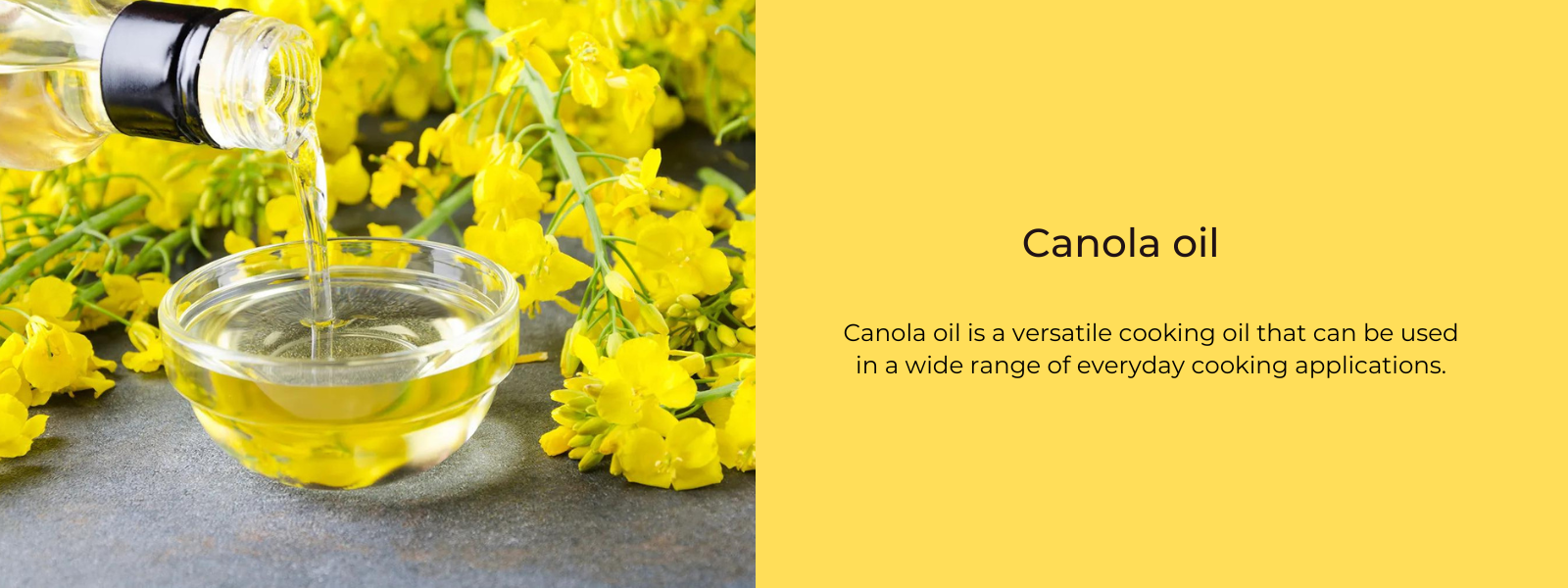
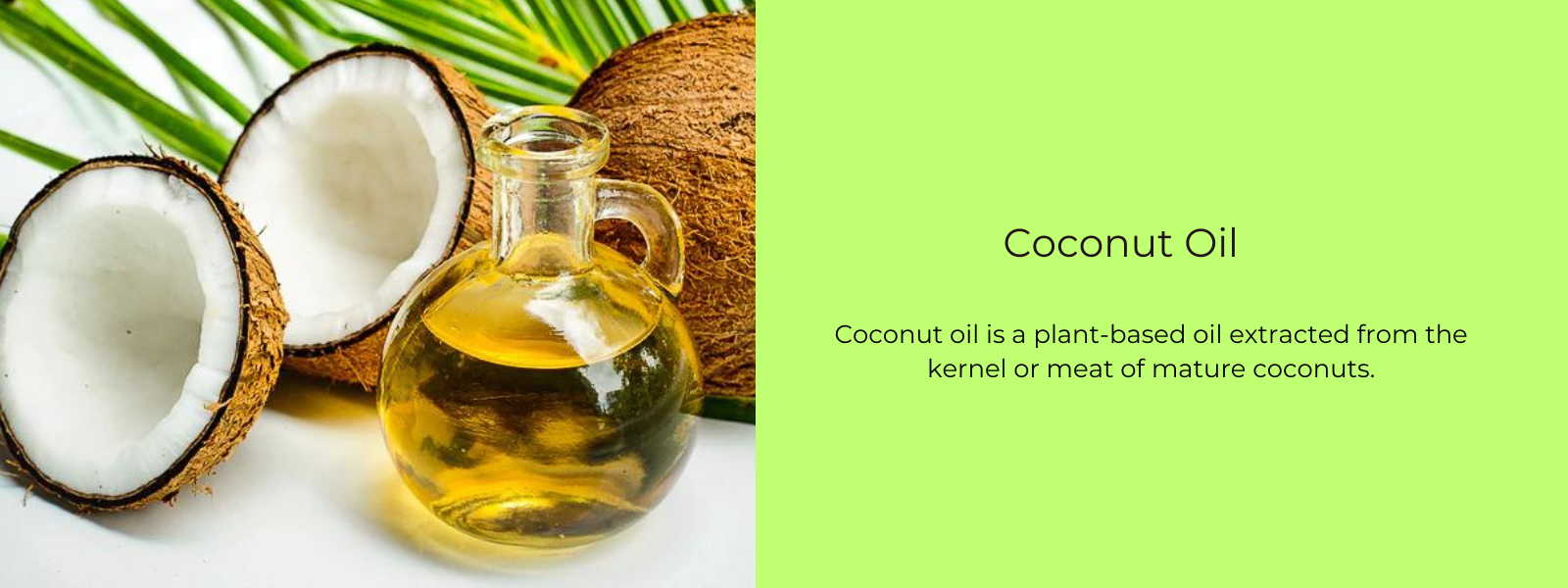
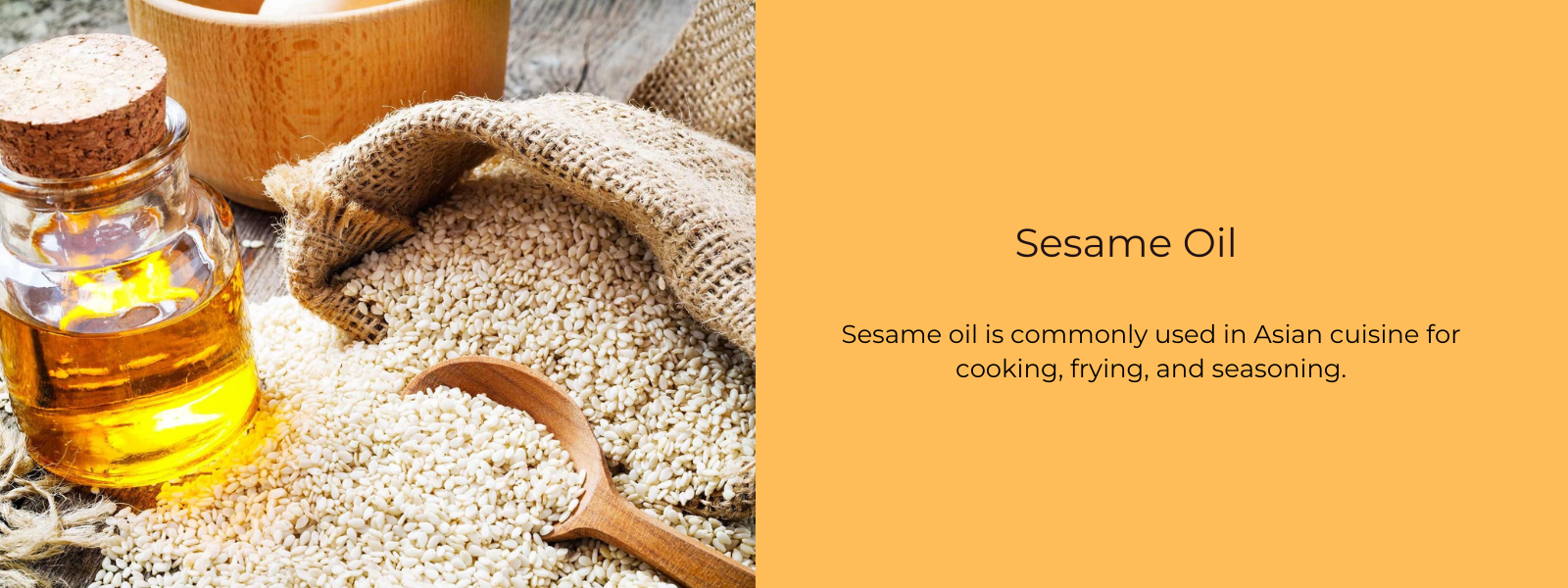

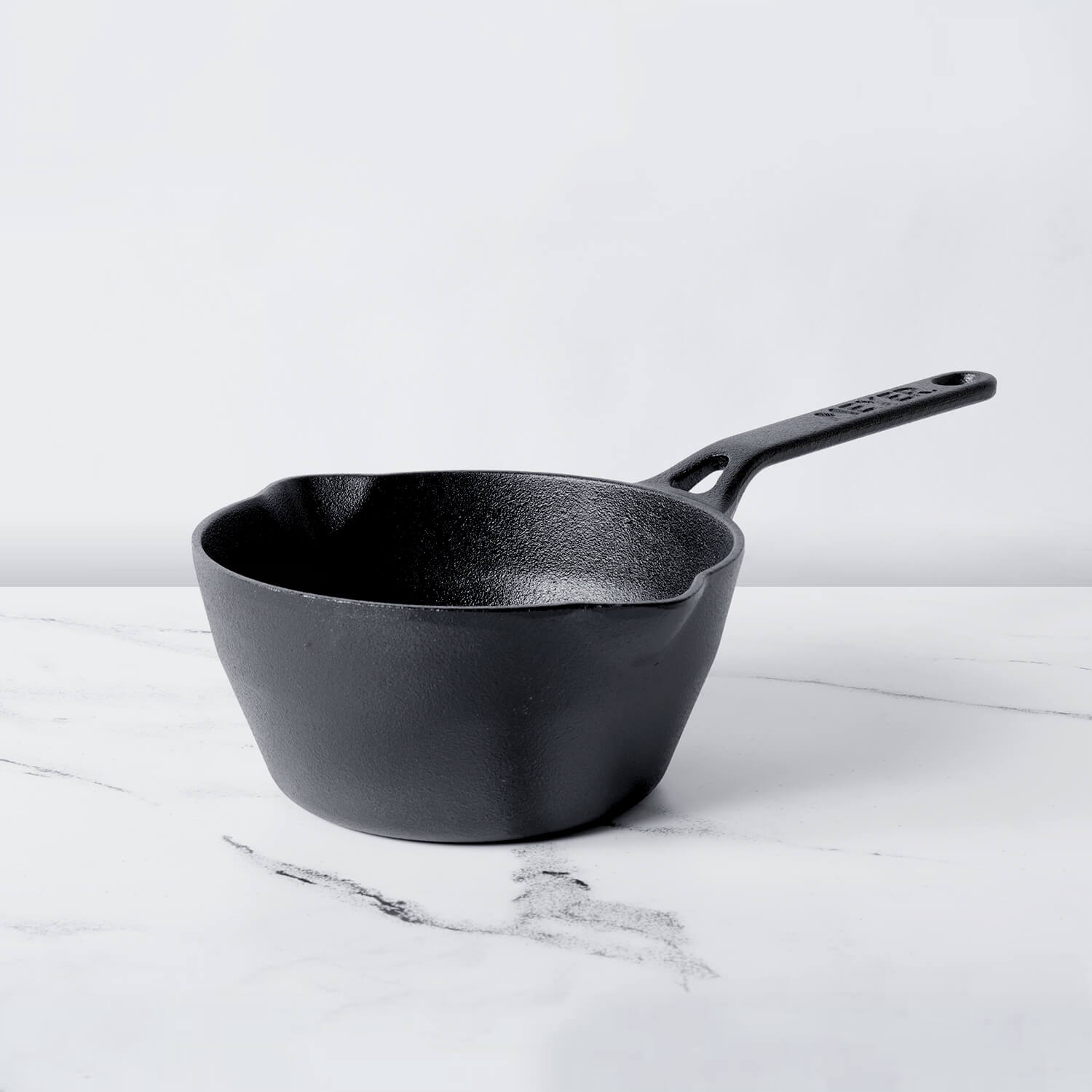
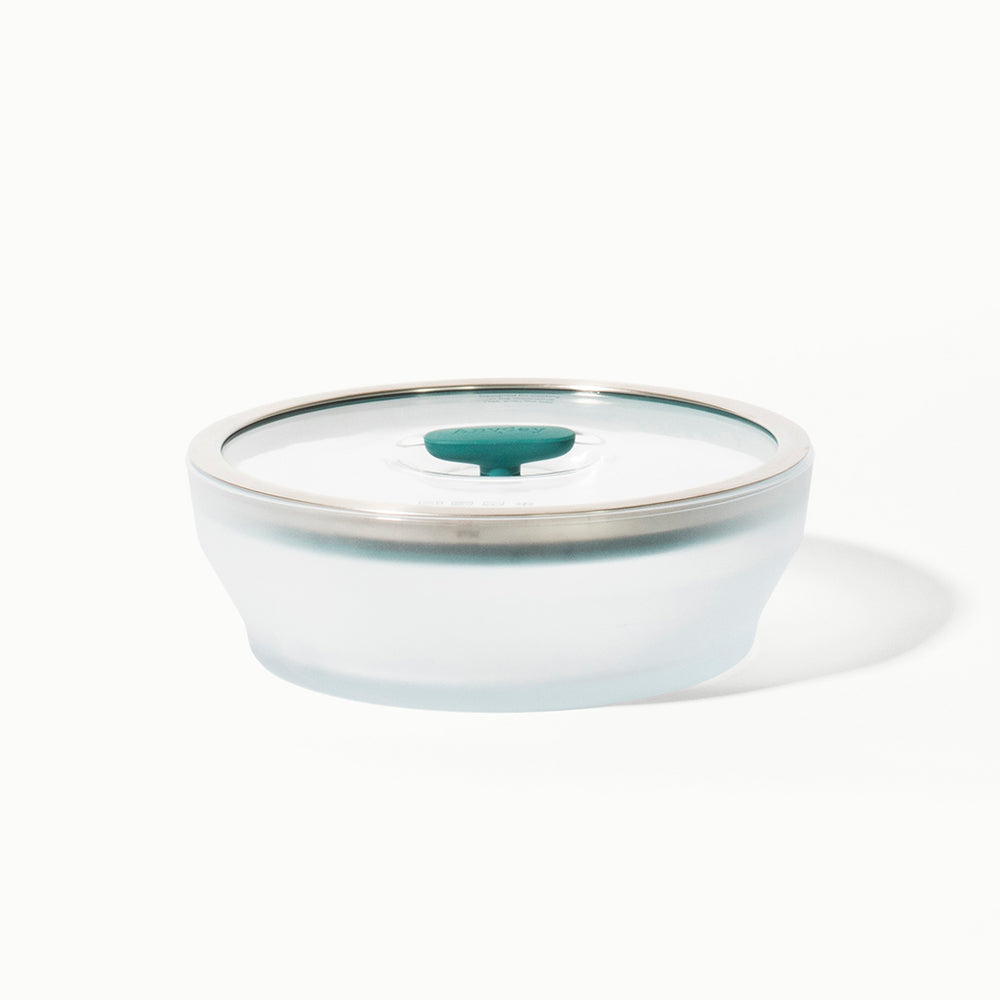




Leave a comment